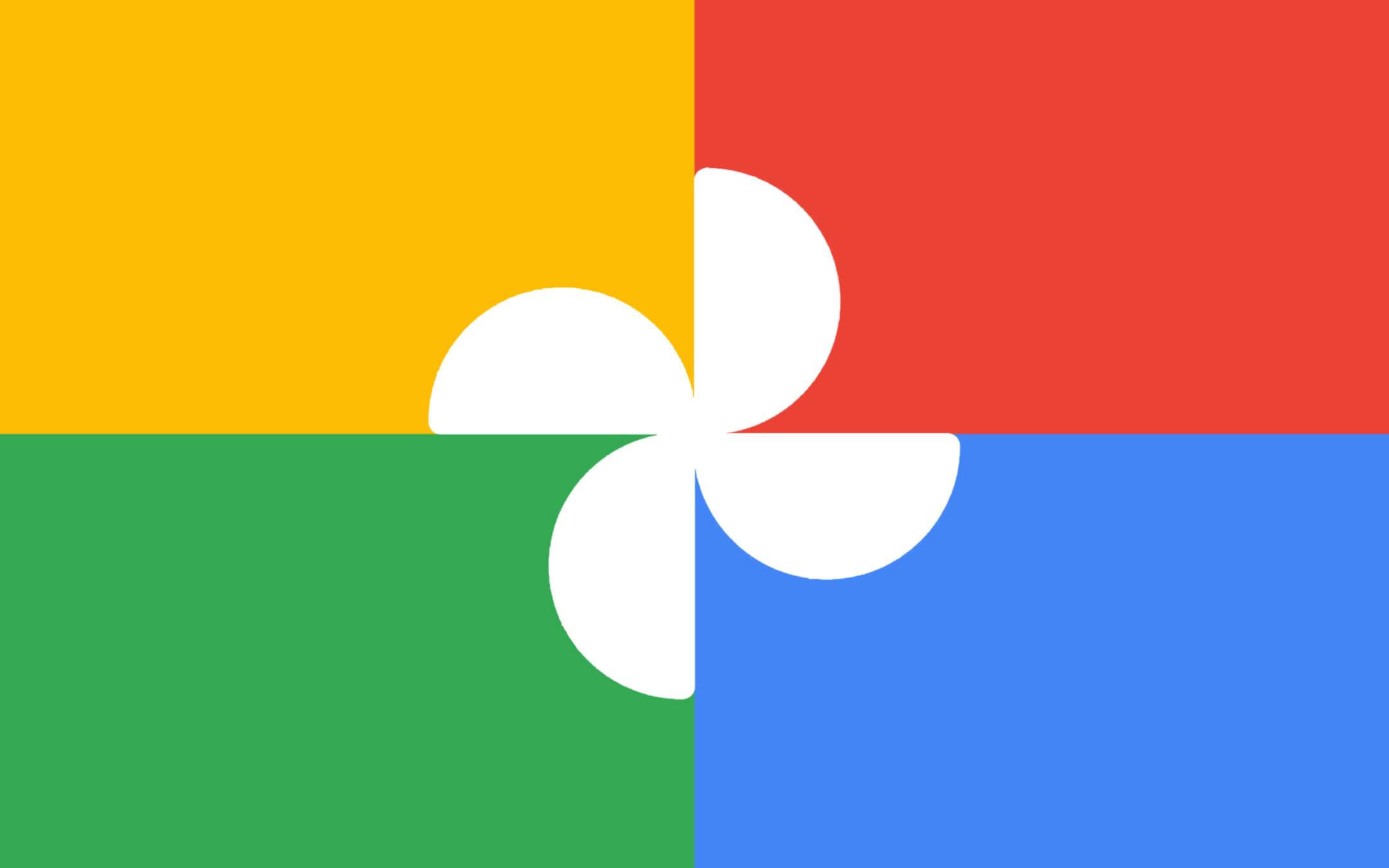
Alternatives to Google Photos
It should be noted that the weight of the files uploaded to the servers before that date is not will be counted. In short, until May everything will go on as always, then it will be necessary to deal with the restriction. These are some of the most well-known competing services you can rely on, all cloud-based so that they can be reached from any device and from any location:Dropbox; iCloud; Adobe Creative Cloud; Backblaze; Microsoft OneDrive; Amazon Photo (included with the Prime subscription); Flickr; 500px; SmugMug; pCloud; IDrive. It should be noted that these are not free platforms or at least not entirely: access to the most advanced features always requires some sort of subscription or payment of a fee proportional to the space occupied. It is inevitable, considering that the management costs by those who offer them are not lacking.
The choice must be carefully evaluated, also taking into account one's specific needs, for example if you want a deep integration with smartphones and tablets, if you need accessory services (for example editing), the availability of a desktop client etc. Fortunately, there is no shortage of time to do so.
Google Photos has a great strength on which bigG intends to leverage to monetize what is offered: it is deeply integrated with the Android ecosystem, almost omnipresent on smartphones in circulation and capable of guaranteeing a fully automated backup solution, which does not force the user to make complicated configurations. Even the many features implemented over time, some of which based on the use of ad hoc algorithms (from face recognition to filters) will make it difficult for many to migrate to a different service.